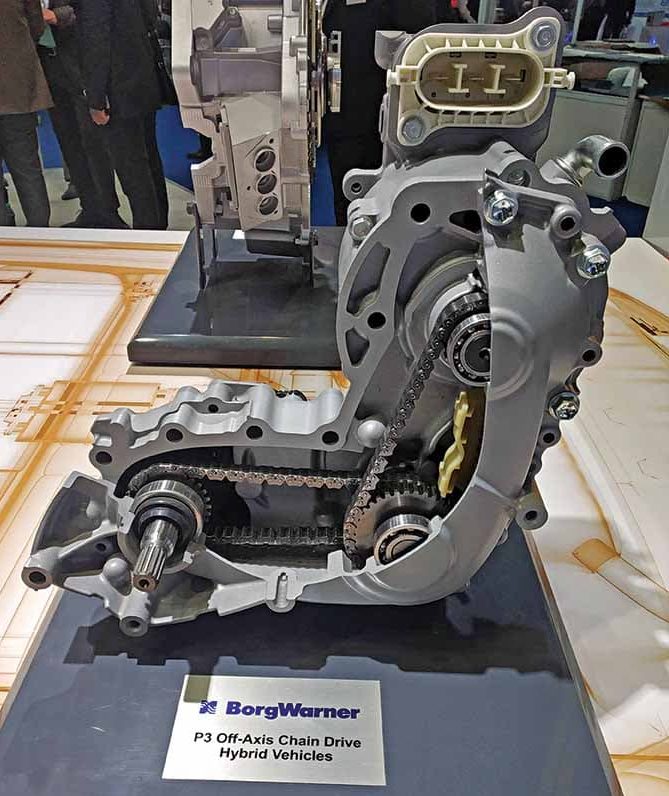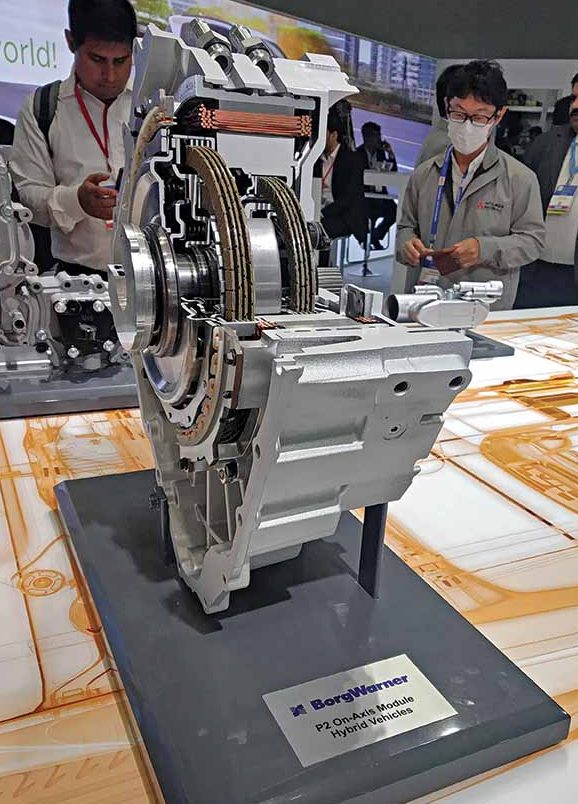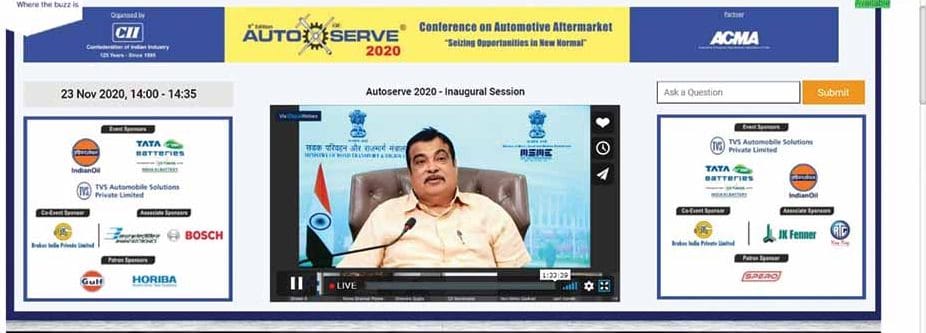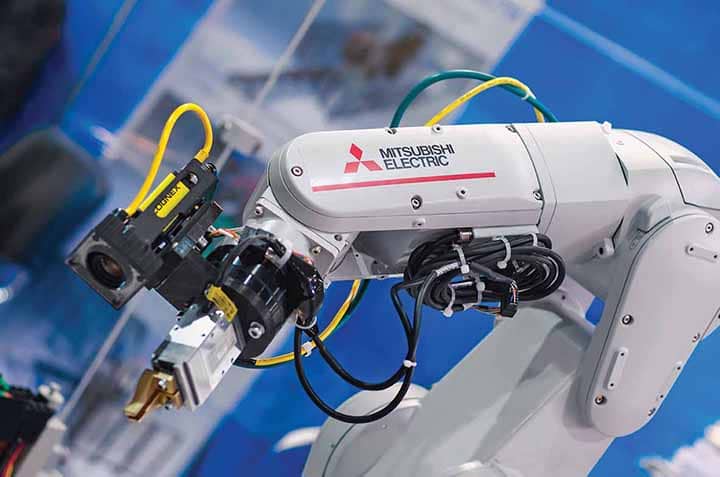The Frost & Sullivan study on Global Powertrain Outlook, 2020 looks at the global push and pull for efficient powertrains.
Story by: Deven Lad
 Frost & Sullivan recently released a study on the global powertrain scenario. Aimed at ascertaining the global push and pull for efficient powertrains, the report – Global Powertrain Outlook, 2020, maps the supply side and demand side trends and the tangible impact on the preference of powertrains. Drawing attention to the electric and hybrid vehicles gaining traction in developed nations, the study pinpoints the lack of penetration in niche markets like India, Eastern Europe and Asia-Pacific. Averred Naga Karthik Voruganti, Research Analyst, Automotive & Transportation at Frost & Sullivan, “The growth opportunities in key regional markets will vary considerably.”
Frost & Sullivan recently released a study on the global powertrain scenario. Aimed at ascertaining the global push and pull for efficient powertrains, the report – Global Powertrain Outlook, 2020, maps the supply side and demand side trends and the tangible impact on the preference of powertrains. Drawing attention to the electric and hybrid vehicles gaining traction in developed nations, the study pinpoints the lack of penetration in niche markets like India, Eastern Europe and Asia-Pacific. Averred Naga Karthik Voruganti, Research Analyst, Automotive & Transportation at Frost & Sullivan, “The growth opportunities in key regional markets will vary considerably.”
OEM focus
 The Original Equipment Manufacturers (OEMs) will bank on the success of full hybrids. Opined Voruganti, “The full hybrids have proved their mettle by complying with the stricter regulations and demonstrating the growing customer confidence in full hybrids.” “Engine downsizing will continue, while the highly efficient Gasoline Direct Injection (GDI) engines will continue witnessing an increase in adoption,” he stated. Adding that the integration of Gasoline Particulate Filters (GPFs) and three-way Catalytic Converters (3WCs) is expected to increase substantially in 2020 with more OEMs seeking to get their gasoline-powered vehicles certified under the new World harmonised Light-duty vehicles Testing Procedure (WLTP) regulations.” Besides, the mild-hybrid powertrains and standardisation of exhaust after-treatment technologies including Selective Catalytic Reduction (SCR) and coated GPF were highlighted in the report as major trends likely to impact the powertrain industry in 2020.
The Original Equipment Manufacturers (OEMs) will bank on the success of full hybrids. Opined Voruganti, “The full hybrids have proved their mettle by complying with the stricter regulations and demonstrating the growing customer confidence in full hybrids.” “Engine downsizing will continue, while the highly efficient Gasoline Direct Injection (GDI) engines will continue witnessing an increase in adoption,” he stated. Adding that the integration of Gasoline Particulate Filters (GPFs) and three-way Catalytic Converters (3WCs) is expected to increase substantially in 2020 with more OEMs seeking to get their gasoline-powered vehicles certified under the new World harmonised Light-duty vehicles Testing Procedure (WLTP) regulations.” Besides, the mild-hybrid powertrains and standardisation of exhaust after-treatment technologies including Selective Catalytic Reduction (SCR) and coated GPF were highlighted in the report as major trends likely to impact the powertrain industry in 2020.
Growth Opportunities
The report predicts a considerable variation in the growth opportunities across key regional markets. For instance, in India, hybrid vehicle sales have recorded a 75 per cent growth from 2018. It hints at an opportunity for OEMs to continue exploring the market. The Bharat Stage VI emission norms roll out will have a negative impact on diesel vehicle prices expected to rise. In the United States, 1.3 million electric and hybrid vehicles are expected to sell in 2020 alone. A 4.7 per cent growth with the majority contributed from Battery Electric Vehicles (BEVs) and mild and full hybrids. In terms of European electric vehicles (xEV) sales are expected to grow by 5.3 per cent. The projection factors a moderate Covid-19 impact and expects EVs to register a 27.5 per cent growth. The Latin America (LATAM) countries have also registered a spike in EV sales driven by hybrids. EVs and hybrids are expected to hold 1.2 per cent market share in 2020. Despite degrowth in vehicle sales in China, the EV share is expected to grow from 4.9 per cent of the sales in 2019 to 5.6 per cent in 2020. Contrary to the decline of 1.6 per cent sales recorded in South Korea, and the end of a temporary tax cut in August, Mild Hybrid Electric Vehicle (MHEV) in the 48V segment are known to have enjoyed a 283 per cent growth with sales quadrupling in 2019. In Indonesia, car sales improved towards the end of 2019. With Covid-19 impacting the global supply chain, sales are expected to register degrowth of 17.3 per cent in 2020. In Japan, the sale of new passenger cars declined by 2.1 per cent in 2019 compared to 2018. In a further bifurcation, Japanese brand sales increased by 1.9 per cent compared to foreign brand sales declining by 3.3 per cent. The study draws attention to the general trend of vehicle sharing and fading appeal of cars among the younger Japanese.

The study predicts global automotive sales to decline by 14.9 per cent due to Covid-19 by the end of 2020 in the aftermath of manufacturing facilities and supply chains hit by worldwide lockdowns. Interestingly, the report projects consumer purchase trends to be unaffected. In advanced markets like Europe, the demand for diesel engines is expected to decline by 30 per cent by the end of 2020 as WLPT commences. Global EV sales are projected to increase by 3.4 per cent inducing demand for gasoline-hybrid and fully-electric powertrains. ACI
















Leave a Reply